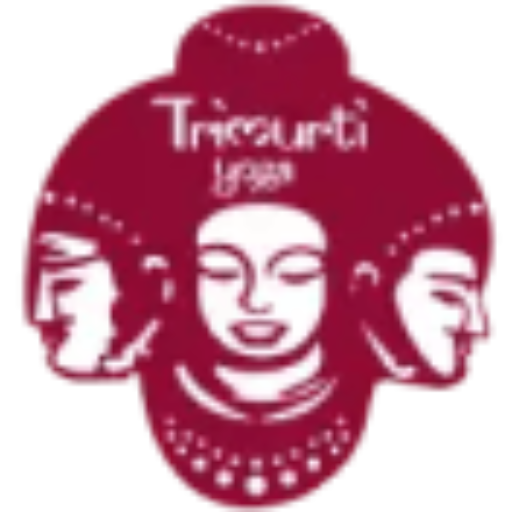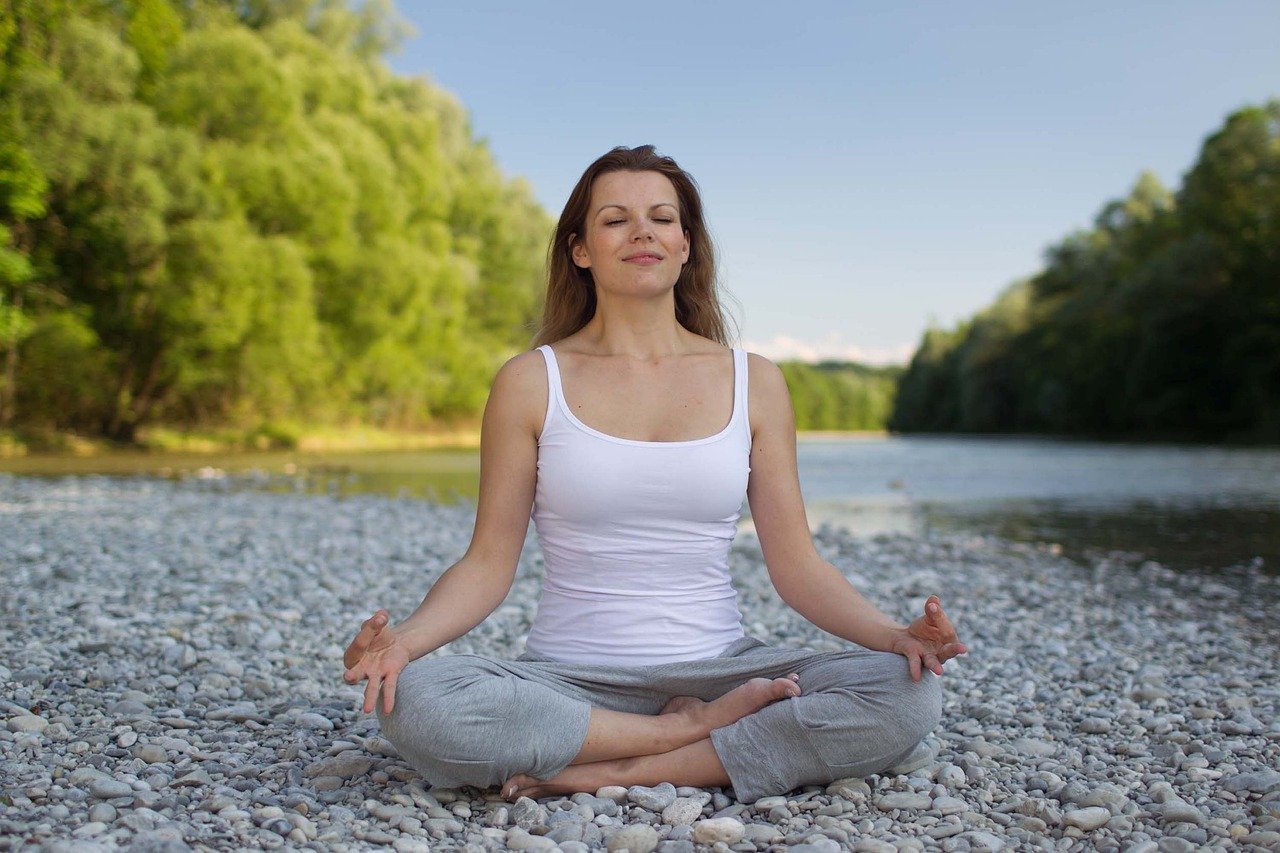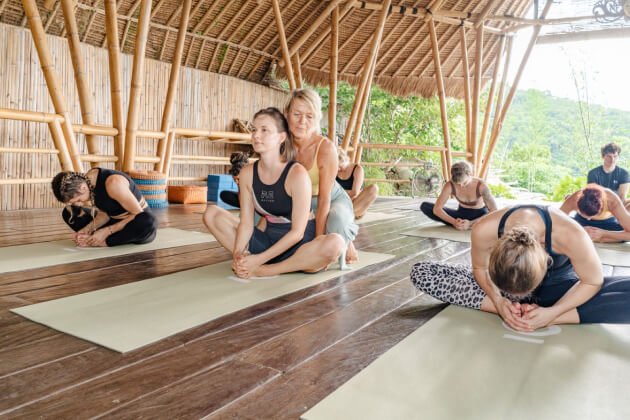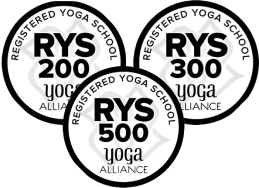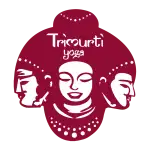Breath control is practiced through pranayama. It’s an important component of yoga, a physical and mental health exercise. “Prana” indicates life energy and “Yama” indicates control in Sanskrit. The main aim of pranayama is to connect your body and mind. It also eliminates toxins from your body and provides your body with oxygen. In this article, we will look at one such pranayama which is the Kapalbhati pranayama. What is kapalbhati yoga and what are the benefits of kapalbhati pranayama, kapalbhati yoga benefits and dangers? So, let us first start with:
Table of Contents
ToggleWhat is Kapalbhati Pranayama?
Kapalbhati Yoga is a breathing technique yoga. This word has its origin in the Sanskrit words kapal, which means “skull”, and Bhati, which means “to shine,” these two words together combined and formed a new word that we know as Kapalbhati.
The core belief of kapalbhati is that powerful, short-breath exhalations purify the brain and every portion of the skull.
Types of Kapalbhati
According to the Gheranda Samhita, there are three types of kapalbhati. By clearing the respiratory system and nasal passages, this exercise gets the practitioner ready for kapalbhati pranayama.
Vatakrama Kapalbhati
Vatakrama kapalbhati is the most practiced and widely known most popular form of kapalbhati yoga. This is related to breathing. This type of kapalbhati pranayama has been shown to help with sinus headaches. This is done by closing one side of the nostril with one hand and taking a breath through the second nostril then by quickly releasing the breath by shutting your nasal passages on both sides.
Vyutkrama Kapalbhati
The second type of kapalbhati pranayama is vyutkrama kapalbhati. In this type of yoga, warm water is sucked in from the nose and then taken out of the mouth. It is a useful method for clearing sinus-related issues and for cleaning the throat, esophagus, and nasal cavity.
Sheetkrama Kapalbhati
The next type of kapalbhati is the Sheetkrama Kapalbhati. This is the exact opposite of Vyutkrama Kapalbhati. This includes expelling out water from your nose and then keeping it in your mouth. It is an effective way of clearing mucous from the throat, esophagus, and nasal cavities.
Benefits of Kapalbhati
- It makes our skin glow and delays aging.
- It keeps us away from several diseases.
- Blood flow is increased and detoxification is helped by the Kapalbhati Pranayama.
- It speeds up metabolism and helps in weight loss.
- Pranayama Kapalbhata involves better digestion and nutrient delivery to your body.
- This is a beneficial Pranayama for diabetic patients. The muscles in the abdomen get activated.
- The throat and nasal cavities get cleaned of mucus because of the Sheetkrama Kapalbhati.
- It also improves the blood circulation in humans.
- Kapalbhati pranayama also removes stress from our minds and provides peace.
- Kapalbhati pranayama uses a lot of energy, which causes the body to heat up and dissolve waste products and toxins of our body.
- The breathing technique involved in this pranayama yoga improves the functioning of the liver and kidneys.
- It also prevents dark circles under our eyes which helps delay aging and relaxes our eyes.
- This kapalbhati pranayama has also been beneficial in weight loss.
- It also helps us sleep better and faster. It is beneficial for those who have trouble sleeping earlier.
- This kriya also helps with proper digestion and gas-related problems.
- Kapalbhati pranayama also helps with acidity.
- Increasing the capacity and strength of your lungs is one of the most notable benefits of Kapalabhati breathing.
- It opens up your skin pores and removes pollutants from it since it causes you to sweat. After completing this kriya, your face will probably glow.
- It awakens the chakras in your body.
- It helps reduce the risk of asthma and congestion in the nasal cavities.
- Hair growth is known to be induced by doing this pranayama.
- It gives you a refreshing energy boost.
How to Do Kapalbhati?
- Sit with your back straight and in comfort. With your palms facing up, place your hands on your knees.
- Pull in a deep breath.
- Draw your belly button back towards your spine as you release the breath. As much as is comfortable for you, do it. You may feel the muscles in your abdomen contract by keeping your right hand on your stomach.
- Air naturally enters your lungs as your belly and navel relax.
- To complete one round of Kapal Bhati, take 20 of these breaths.
- When the round is over, close your eyes, relax, and pay attention to your body’s feelings.
- Perform two more Kapal Bhati rounds.
Dangers of Kapalbhati
- A kriya may cause hypertension.
- A hernia can also result from kapalbhati.
- If one fails to perform kapalbhati on an empty stomach, one may experience vomiting.
- After doing these breathing techniques for the first time, some people report experiencing headaches and dizziness.
- Your mouth may get dry or overly salivary during the kriya.
- Because kapalbhati requires a lot of energy, it may result in excessive sweating.
Conclusion
Kapalbhati pranayama has a lot of health benefits. By practicing daily, it can offer you several health benefits and you will live a healthier and happier life. When performed correctly, the steps involved in kapalbhati can help you calm your mind and eventually put you to sleep, which can help alleviate tension at work, in relationships, and with other problems and fears. You will get glowing skin as a benefit of performing this kriya, it also prevents aging. This kriya is an advanced to intermediate breathing method that tones your abdominal organs, energizes your circulatory and neurological systems, and strengthens your chest.
Frequently Asked Questions (FAQs)
What is the meaning of the word Kapalbhati?
The word kapalbhati is formed by the combination of two separate words, which are, kapal meaning “skull”, and Bhati, which means “to shine”.
What is the right time to do kapalbhati pranayama?
The best time to do kapalbhati is in the morning before brushing.
Who can do kapalbhati pranayama?
Everyone can do kapalbhati, there are no age restrictions.
Is kapabhati pranayama hard?
No, kapalbhati pranayama is not too hard.
How many types of Kapalbhati pranayama are there?
According to the Gheranda Samhita, there are three types of kapalbhati, which are vatakrama pranayama ,vyutkrama pranayama, and sheetkrama pranayama.

